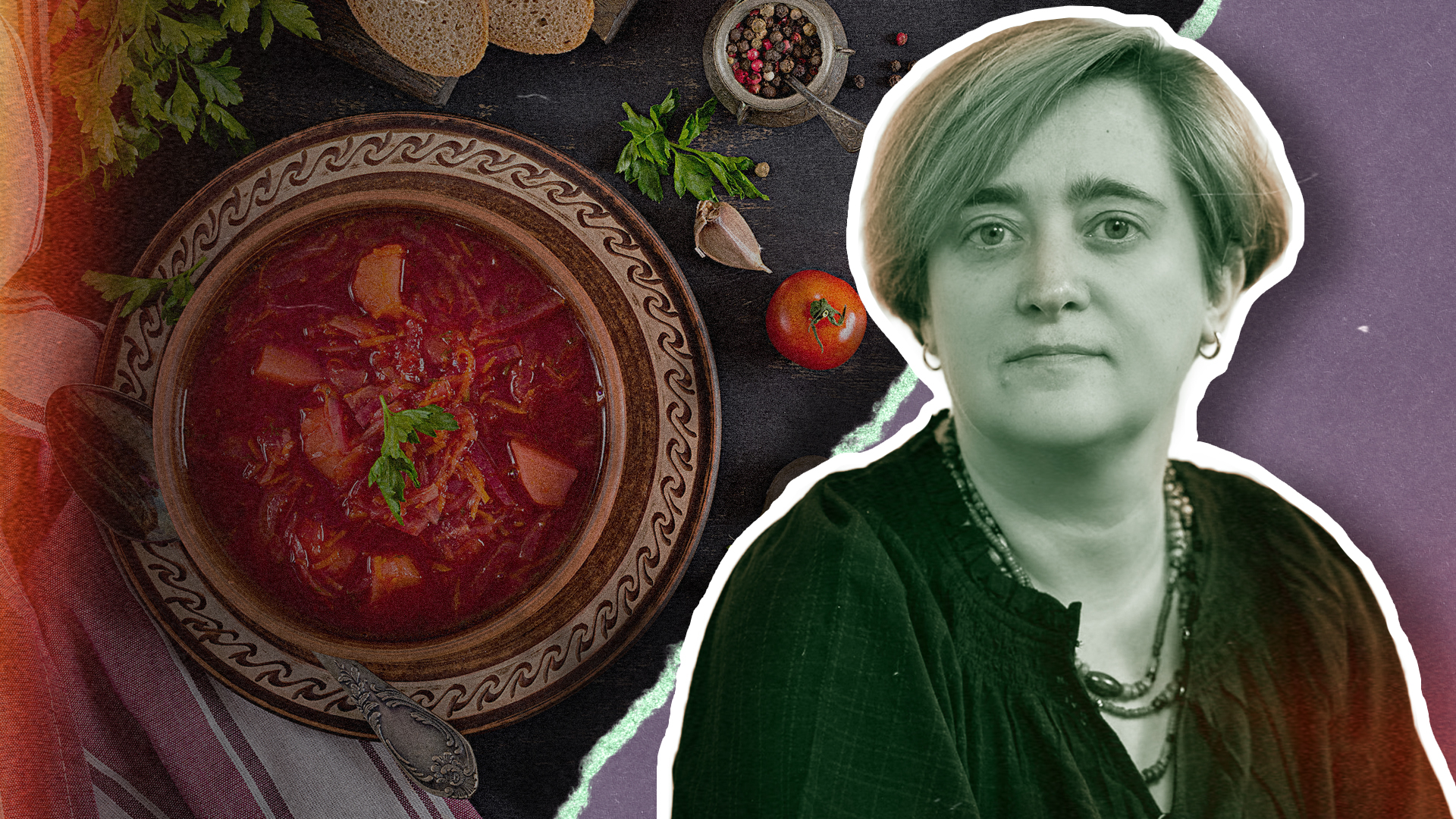
What could Ukrainian cuisine look like without Soviet past?
[For daily insights from throughout Ukraine, follow Ukrainian Freedom News on Telegram]
This is part of the cultural war that has not paused in Ukraine for at least 30 years of independence. The traditions related to food are a stronghold: there is a link to Easter, which is on our table, to Christmas... This means that we have to hold on to our roots very strongly, right?
For us [Ukrainians], food is already a sign of holiday. We have our own traditions of hospitality: there should be a full table, which is beautifully served and covered with a white tablecloth. At least here, in Galicia. It seems to me that we will not escape that. Because when you come to my house, I will offer you something – some tea or a sandwich, or something sweet. This will not be a «dry» conversation. I remember from my childhood that we always had something we could treat our guests with: some cakes in boxes or a box of candies, some sweets. There was always something small that you could share, a kind of sympathy, so to say. You invite a person, you want to treat them to something, make them feel good...
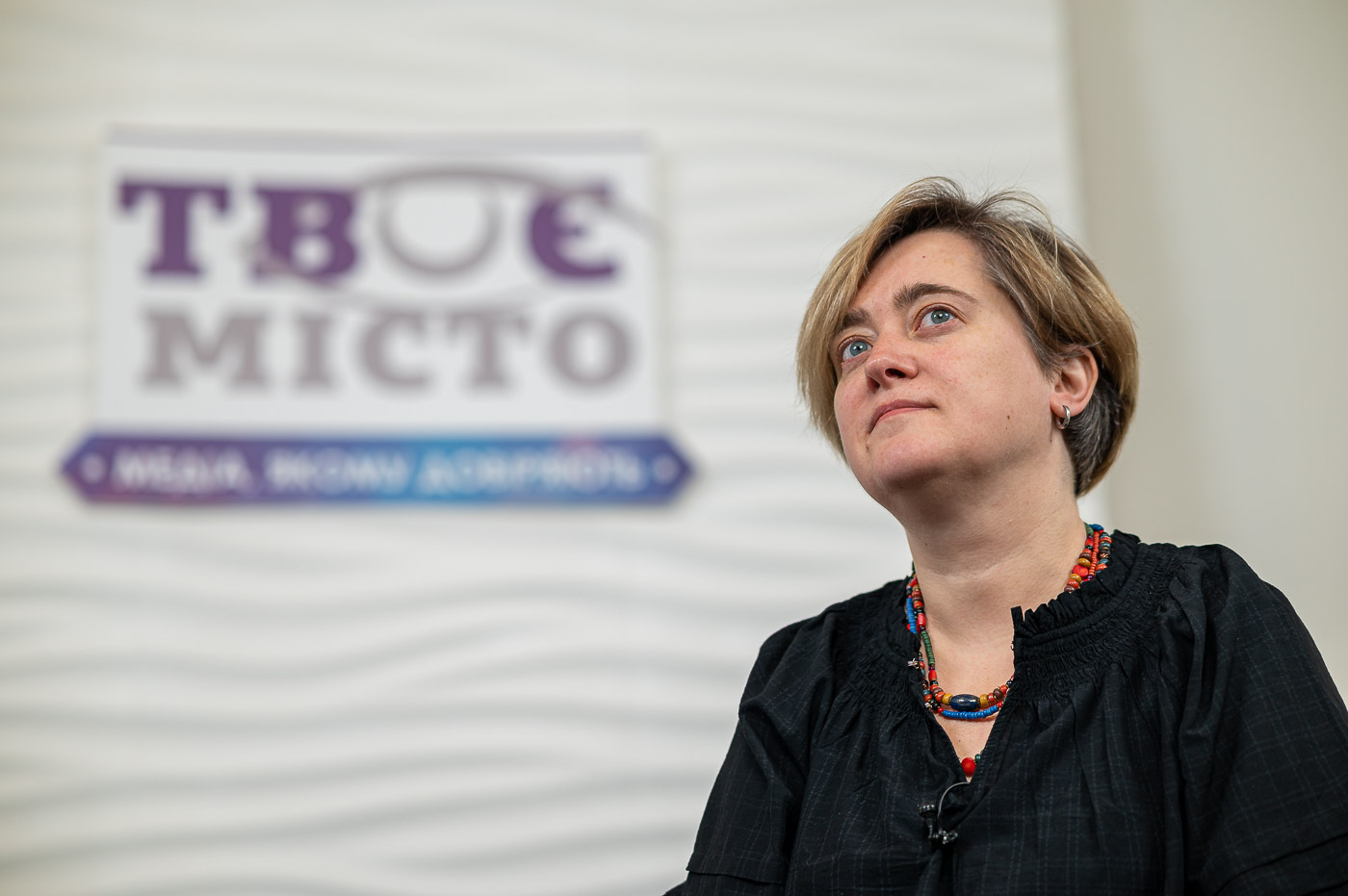
But do we still care about those identity struggles? The Easter holidays are ahead in Ukraine, and here, in Galicia, disputes will begin again about whether it is possible to do white icing for the Easter bread.
As for identity battles, I guess they’ve never stopped, and now they’re in «high season.» Boys and girls at the front are fighting for our identity. We prove every day that we are not Muscovites, and this is important. Regarding icing for paska [Easter bread] with white glaze... Ukraine is very diverse, and 10-15 years ago I would have been a capricious Ms Stefa, saying that something must be cooked «only this way and no other.» But due to the fact that paska is sprinkled with white icing east of Zbruch river, it does not cease to be paska, sacred bread, a symbol of Easter, and does not cease to fulfill its functions either. Another thing is that I will not do it, because it is not in my tradition.
In my home, the paskas were smooth, rarely did my grandmother sprinkle them with dyed millet. But now I’m trying to borrow the tradition of braided Easter bread. And in the same way, someone borrows the paska with icing.
It seems to me that the most important thing in Easter is to understand the symbolism, sacredness of the moment, at least spiritual fasting and preparation for the holiday. We celebrate Easter, guests come to our house. We share this egg, the holiday, and the family gets together. Such things are important. And the paska with or without icing is just a way to preserve the tradition. If it’s closer to someone, I don’t see anything bad in that, although I may not like it.
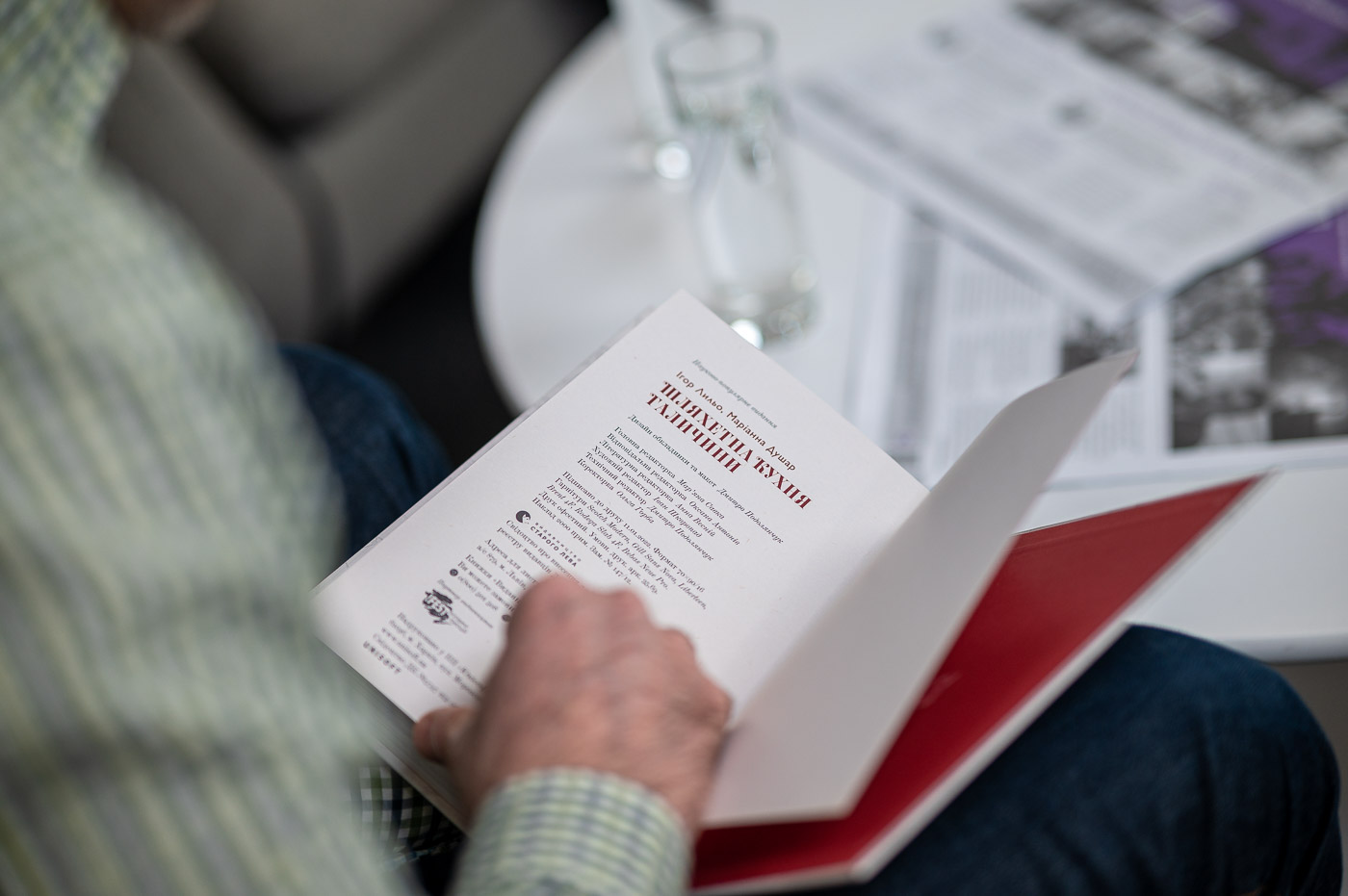
What if I asked Ms Stepha what should be present in the Easter basket, and what shouldn’t be there at all?
From Ms Stefa and her family’s experience, we always put in the Easter basket what was forbidden during Lent and what will be on the table: paska-babka [another name for the Easter bread in Galicia], a lump of cheese, a lump of butter, some kind of sausage or meat, depending on what my mother and I cooked. Baked cheese, we bake it in a small form. And on butter, I like to make a cross or something out of cloves or black peppercorns. For the basket – boxwood or periwinkle.
We never put alcohol in the basket. However, I heard this opinion: since vodka is wheat, and wheat is a gift of the earth, the sun – then it can be there. But in our family, we did not put alcohol in the basket to consecrate it. I think it’s a bit blasphemous.
In my husband’s family, they put a knife at the bottom of the basket and then cut the paska with that knife. My family didn’t have that, but I’ve been keeping a knife for several years now. That is, traditions intersect, they are borrowed. I remember the year when my artist friend gave me a small icon on glass. On Easter, I put it in the basket and consecrated it together with the paska. It seemed symbolic to me.
Let’s turn to your book «Noble Cuisine of Galicia». As I understand, it is also about the fact that different peoples have always lived here, there were different traditions, and we can feel this very strongly in Lviv. But some little attempt to separate is always taking place: some try to say that we [Galicians] are looking for our identity and, accordingly, we want to know where the Ukrainian part of this cuisine is.
First of all, the book tells about the fact that a huge layer of people, knowledge, and culture was cut from our identity. We have been told for decades that it’s not ours. And now, when someone says that some controversial dish is Polish, not Ukrainian, I sometimes laugh quietly, but sometimes enter into a heated discussion. Because it doesn’t happen like that: we lived in the same country, and we lived in the neighborhood. Lviv is multi-ethnic, all those communities did not live in a hermetic environment, but shared some knowledge, dishes, and recipes. In this book, the recipes are not as important as the understanding of what our cuisine could be like without the cursed Soviet Union. The year 1939, all these [communities] were physically destroyed or left, their estates in Lviv and Galicia were destroyed and looted... That’s what this book is about. And about the fact that we immediately, in one moment, lost a whole layer, rich social life, traditions of urban culture.
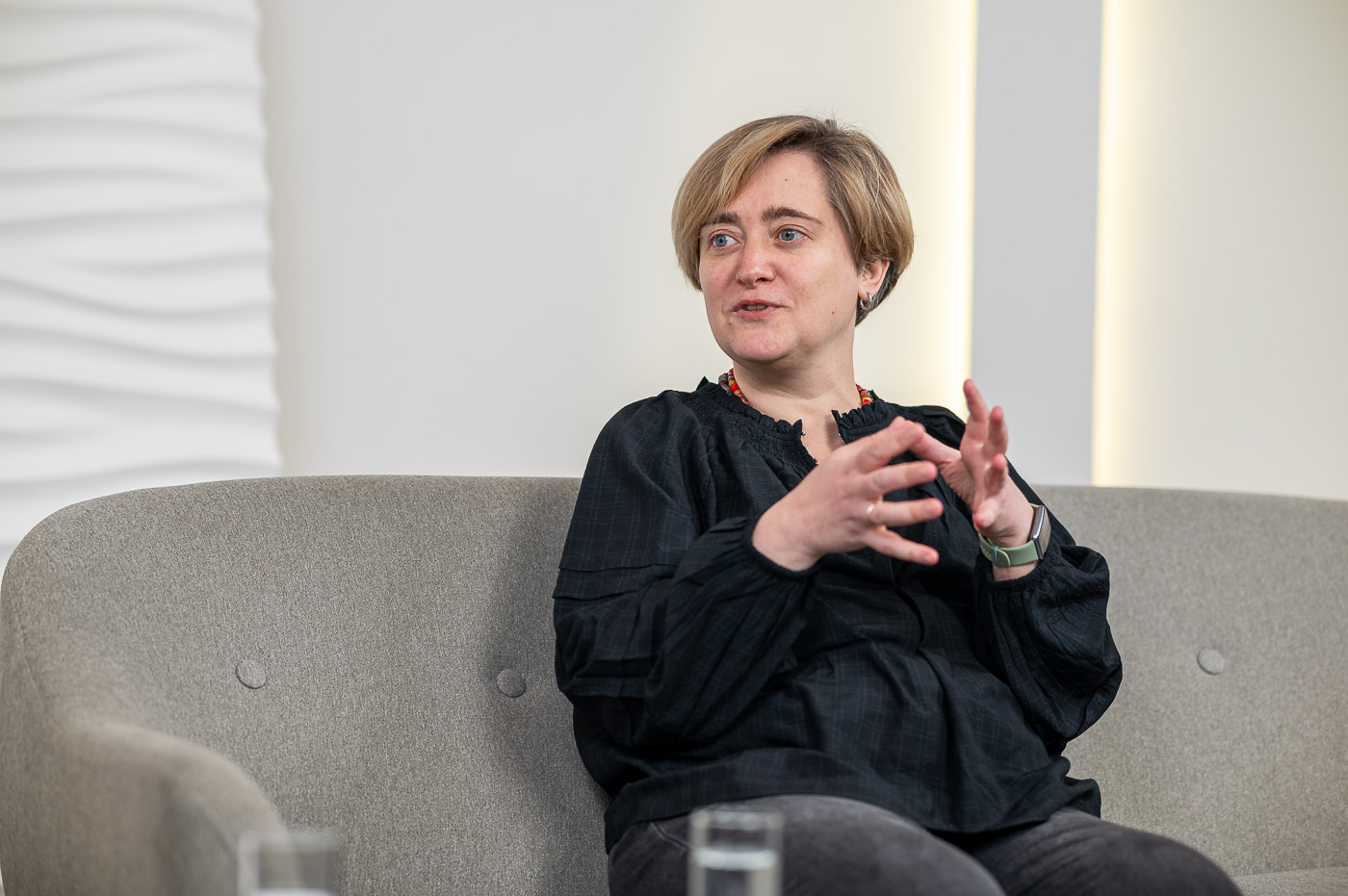
Where did you get all these recipes? This is work with archives, that is, something has been preserved?
The basis of this book is a selection of the menu of the Lyubomyrsky family, which is kept in the Lviv archive. It is a miracle that Ihor [Ihor Lylio, researcher of traditions and co-author of the book «Noble Cuisine of Galicia»] managed to find it. Each menu consisted of dishes, various wines, desserts. Our job was to understand on what occasion it was prepared, where it was prepared, under what circumstances. It was necessary to see where certain components for those dishes were grown. For example, we found information about households where asparagus was grown near Lviv, about huge fields of rumbambara. That is, it is a story about the nobility, and about the huge number of people who grew these products, poultry, who planted gardens and cared for them.
To what extent can the food of the nobility and aristocrats, I mean wealthy people, be suitable for us? Here, for example, we are unlikely to drink 1874 Steinberger Cabinet wine, but we can have truite saumonée, that is, salmon trout and fine Champagne sauce.
Yes, completely. I think it is quite useful, but this is what relates to recipes. A person who sets himself the goal of cooking something based on this book will find something, because I did it. We baked desserts, all the first course dishes are perfectly suitable for cooking. Another thing is that there are many such components as game, and this is already a question. But this is not a book of recipes, it is primarily a book about culture...
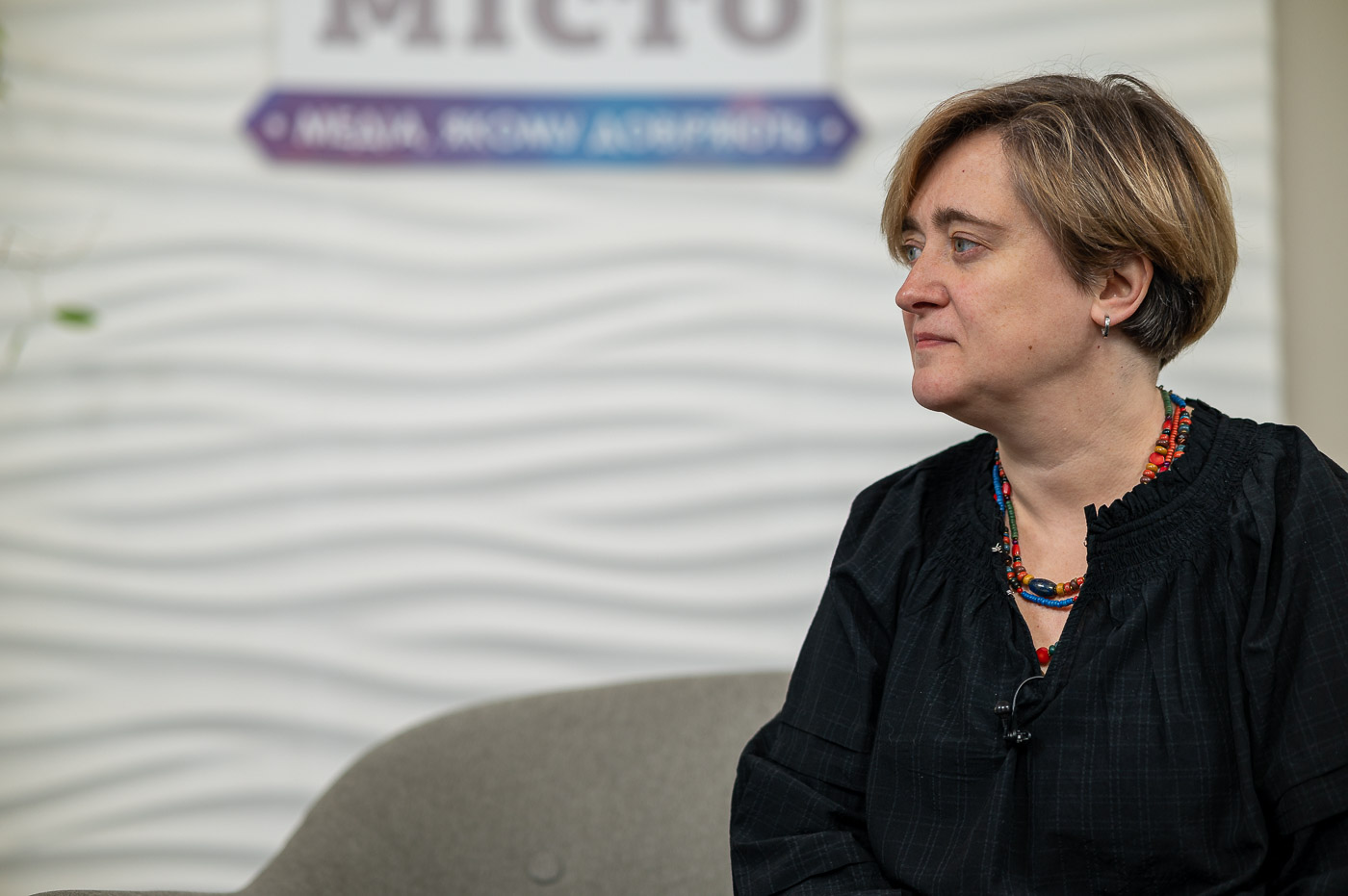
Every time we talk about the identity of Ukrainians as a nation that did not have its statehood for a long time, we mention large influences and borrowings. But they are mutual, and it’s important to understand. We can hear from the Russians that the Austrian General Staff invented Ukraine, that Ukrainian language is a Polonized version of Russian, that everything is borrowed. But when you say something in Kyiv, they tell you: «It’s from Polish, it’s not Ukrainian.» If so, what is actually Ukrainian?
I think that Zhurek got to Luhansk thanks to the Lemkas who were resettled in Donbas. They had sorrel called Zhur. You rightly started with the fact that we were divided between two states. So it’s not surprising that we have slightly different tastes on the one and the other banks of the Zbruch river. But we have been in the same state for quite a long time. I am not saying to unify all this, because we have our own regional tastes, this is our strength and the interest of traveling in Ukraine. But we need to learn to respect the cultural and cuisine heritage of another region of Ukraine.
For me, it is generally an open book, I always find something new. In my opinion, borscht is a liquid Lviv Christmas borscht, and in the opinion of my friend from Kakhovka [Kherson region], it is cooked without beets at all. I will think badly of myself if I say that it is not borscht. We need to learn self-knowledge and respect for Ukrainians from other regions. Yes, we have many regions with common dishes, somewhere they are the same in name, but different in the method of preparation. But it’s so interesting to «travel» with these flavors!
Lviv researcher Ilko Lemko likes to say that before the war, Lviv was a cheap Europe for most Ukrainians, Paris for $150. It used to be impossible to eat somewhere in Lviv: home cooking was everything. There were no establishments on the ground floors of the buildings, no cafes at all. I remember it very well.
Me too.
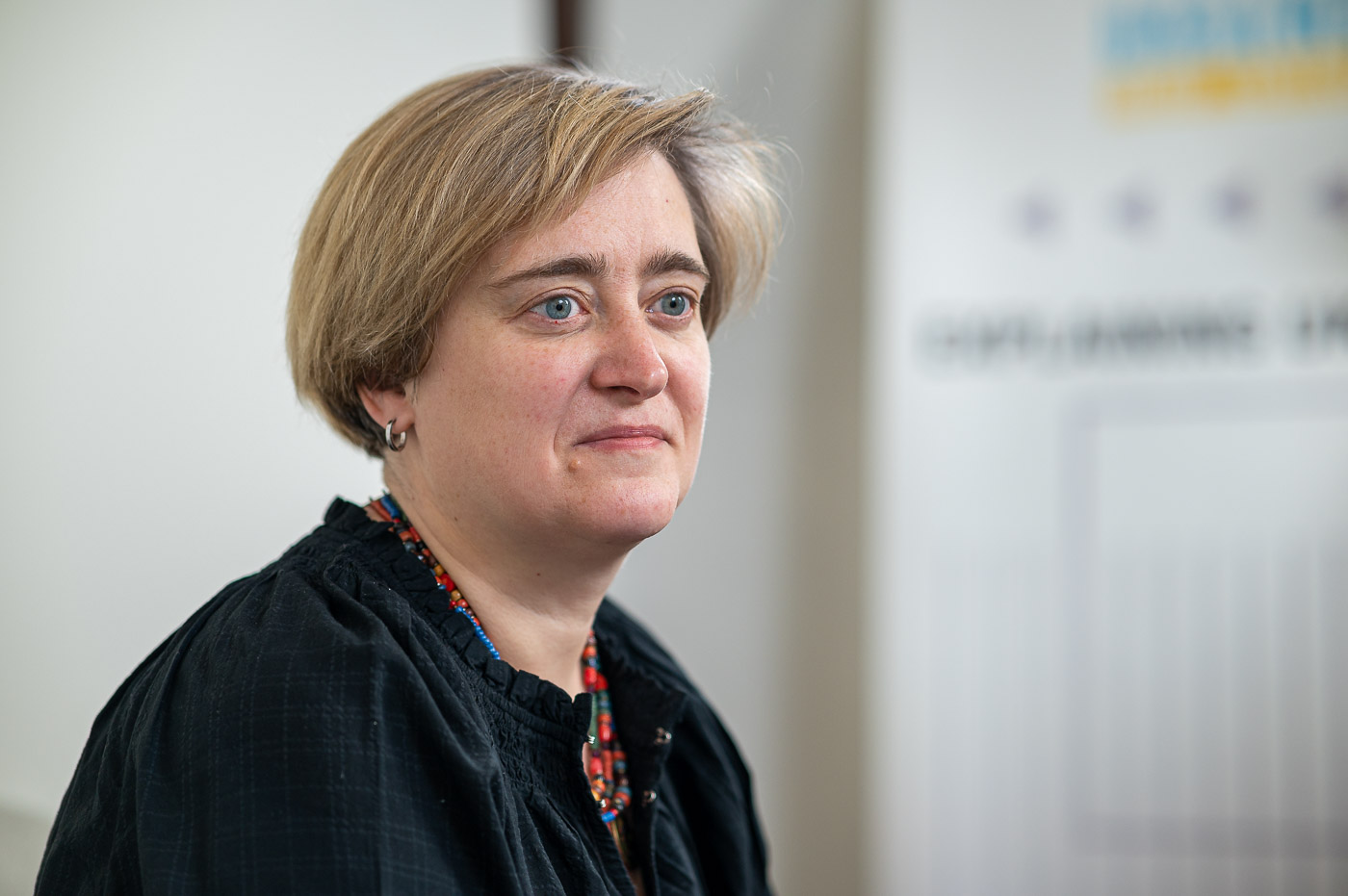
And now, there is no ground floor in the center without a coffee shop. But with all the huge number of coffee shops, which very often exploit Lviv’s authenticity and locality, does Galician cuisine have its place there? Is it really Galician?
The story with coffee shops and pubs is that real or fake Galician cuisine will be as authentic as you are willing to pay for it. I have experience working with «Gwara» restaurant. What the guest will come for and what I, as a researcher, would like to treat this guest to are slightly different things. One way or another, the establishment has to balance somewhere, because it is a business.
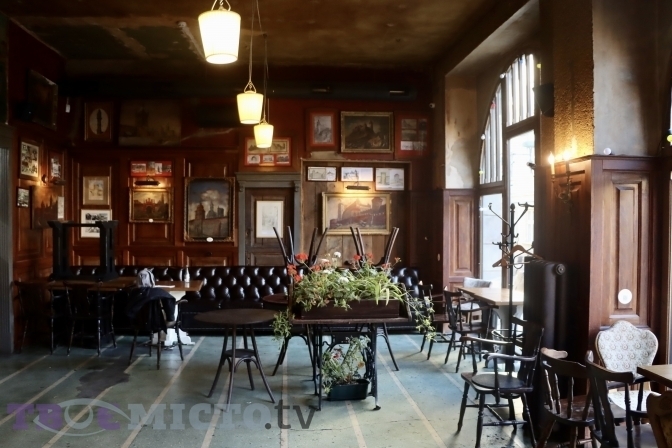
Restaurant «Gvara» on Brativ Rohatyntsiv Street, which was closed in 2021.
…between authenticity and satisfaction, also focusing on an average wallet.
Yes, it must balance between authenticity and consumer desire. I really like how, say, the «Trapezna» restaurant works. It does not change to please. It has raised its client, retained the same menu for decades, and people come there. There they said ultimatum: «Our cuisine is like this – and that’s all.»
I took friends from Kyiv to «Trapezna» and I can’t say that they were delighted.
But this is Lviv cuisine, Galician cuisine. The fact is that they were expecting something else. This moment of delight, satisfaction from payment, from the fact that you got what you wanted for your money, is an urgent issue that dictates the extent to which Galician cuisine will be present in establishments.
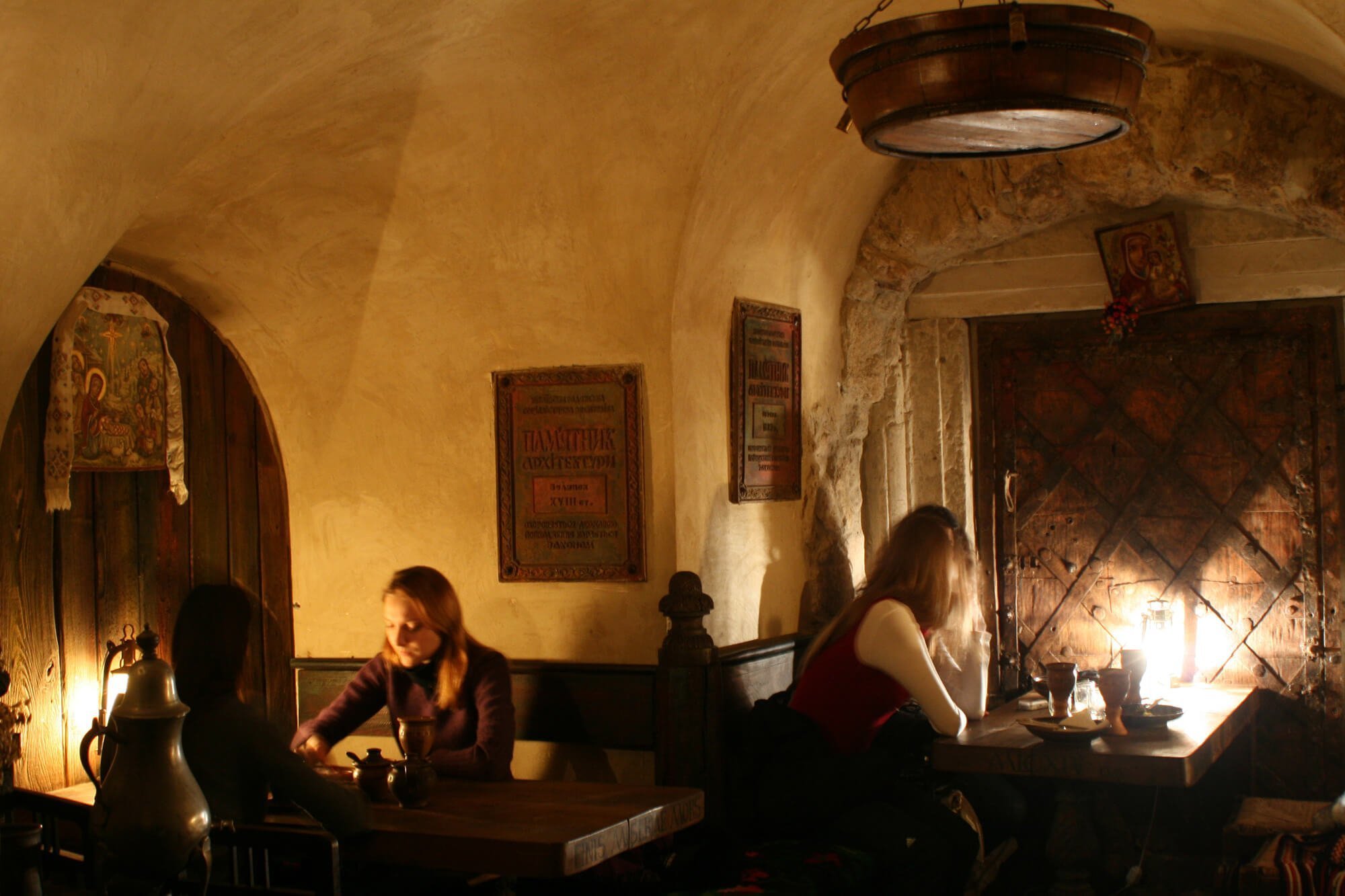
Restaurant «Trapezna of Ideas» in Lviv
Authentic cuisine can be expensive, not what we are used to. This isn’t fast food.
It seems to me that Ukrainian cuisine generally does not have such a high «threshold of entry» as Japanese cuisine. It is quite familiar to us. Let’s agree that if we taste borscht all over Ukraine, we will understand this taste. But when it comes to authenticity, I don’t know if people are willing to pay for it. Are they ready to eat the same paska, baked in the oven, not as sweet as everyone is used to. So there are nuances. And again, where is the line of authenticity? It is different for each of us.
But the Japanese understand that no one in the world eats sushi like them. Any culture that is already becoming «adult» and «non-endangered» turns to some substitude that can be sold.
But sushi is the arithmetic mean between what is in the original and what people want to eat. People have no questions whose sushi is, although the ones we eat all over the world actually have their origin in the USA. This is a great example of the expansion of food and culture in the world. And even if we have a dish that has been changed to an average taste, it will allow us to do this cultural expansion that borscht is doing now, then that will be great. Another thing is that sushi is unique in its principle. We probably don’t have that many unique dishes, but at the same time, we have something to treat the world to and tell through our dishes what our cuisine is like.
Andrii Saichuk spoke
Text: Marichka Ilyina, translated by Vitalii Holich
Photo: Tvoe Misto / Ivan Stanislavskyi
Full or partial republication of the text without the written consent of the editors is prohibited and considered a violation of copyright.
Follow us on Facebook and Instagram. Lviv Now is an English-language website for Lviv, Ukraine’s «tech-friendly cultural hub.» It is produced by Tvoe Misto («Your City») media-hub, which also hosts regular problem-solving public forums to benefit the city and its people.


